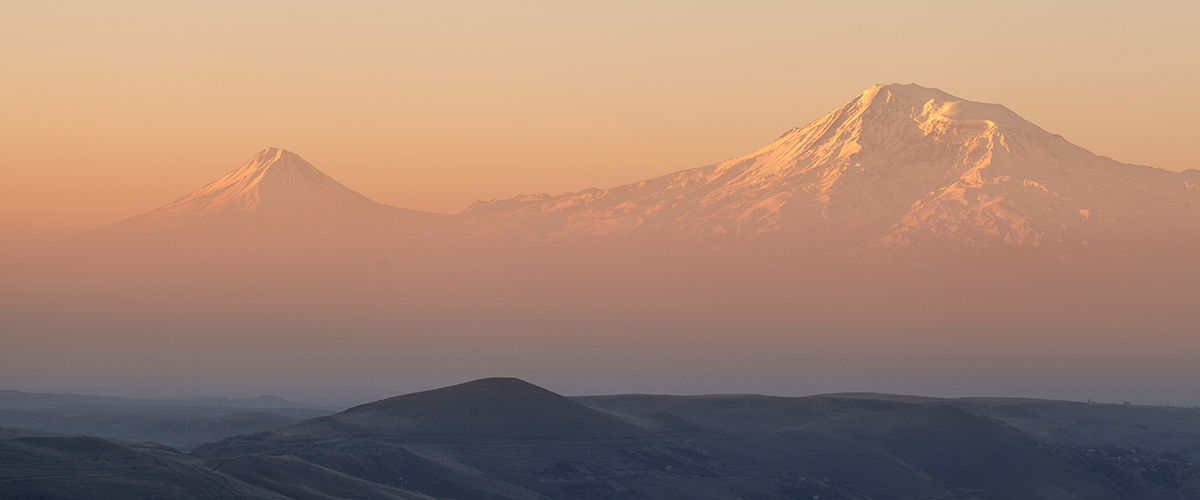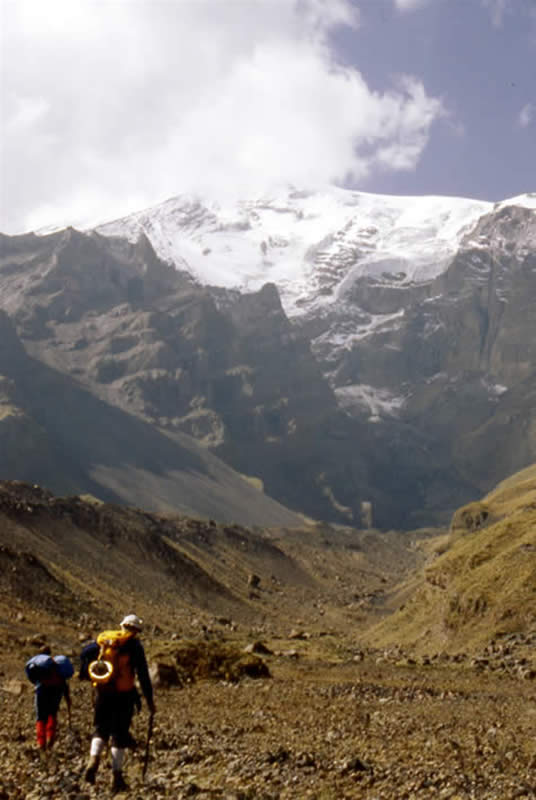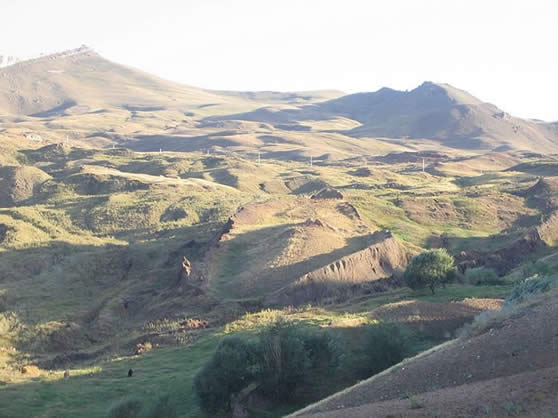Has Noah’s Ark Been Found?
by Ark Encounter on October 19, 2023In the past century, dozens of individuals claimed to have located the ark. Most of these modern searches have focused on Mount Ararat in Eastern Turkey.
In 1949, photographs of the northwest side of Mount Ararat were taken by a United States intelligence agency. A large structure can be seen jutting out of the ice and snow. However, the object in the images may be nothing more than a natural rock formation.

George Hagopian claimed that when he was a young boy in 1908, his uncle took him up Mount Ararat to the Ahora Gorge area. Hagopian said they found a large ship and he walked on its roof. At least a dozen expeditions have explored the Ahora Gorge since then, but to date, none of these adventurers have found the remains of Noah’s ark.

Another proposed location is the Durupinar formation. This “ark-shaped” formation lies approximately 15 miles from the summit of Mount Ararat. It was popularized by Ron Wyatt, who claimed to have found numerous artifacts in the vicinity to corroborate his claims. Often heralded as the remains of Noah’s ark, the Durupinar site appears to be just one of many similar-looking geologic formations in this region of Turkey.

For more information about the location of the real Noah’s ark, check out Was Noah’s Ark Found on Mount Ararat? and the video below.
Has Noah’s Ark Been Found?
Have we finally discovered the remains of Noah’s ark? In this video, Dr. Tim Chaffey answers this question by looking at the so-called ark discoveries and examining if there is sufficient evidence they are real and whether they line up with the Bible.
Despite many supposed sightings and evidence from Mount Ararat, it seems unlikely that Noah’s ark has been found in recent times, but you can learn more about supposed ark sightings when you visit Ark Encounter!